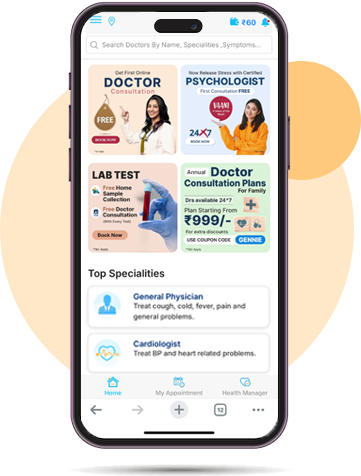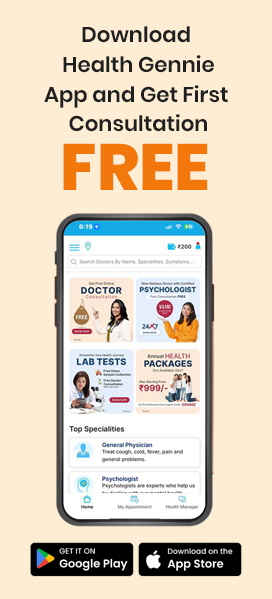Digital Detox: Why Students Need Breaks from Screens
November 4 , 2025

Students in today's hyper-connected world seem to be living on tech in virtually any way. From online classes and research to social media scrolling and games, students sit in front of digital devices unlike any other generation ever. These developments between screen time versus health, environmental factors that contribute to excessive sensory input as well. Although technology brings countless educational and social opportunities, excess screen time carries important physical health, mental Health and emotional risks. So the digital detox has come to be crucial.
♦ What Is a Digital Detox?
A digital detox refers to a period when an individual refrains from using electronic devices like cellphones, tablets and televisions. For students, this could be just reducing the amount of time spent on social media, taking breaks from online classes if possible or allocating "screen-free" hours on any given day. The objective is not to shut technology altogether but rather to redress the balance and achieve better overall health.
♦Why Are Students So Much Exposed to Screens?
There are several causes of increased screen time for students:
- Online Education: The move to distance learning, especially post-pandemic, means most students spend long hours taking remote classes.
- Social Media & Communication: Messaging apps, video calls and social media are the key to keeping touch with friends and family.
- Entertainment & Gaming: Long hours are spent in Theater-on-the-round, playing mobile games or watching YouTube.
- Research & Assignments: Preparatory studies, projects and reports are more and more frequently done by typing.
While these activities are all productive or entertaining, long-term exposure to the screen has a big impact on both physical and mental health.
♦ Negative Effects of Excessive Screen Time Only a partial list
♦ Physical Health Issues
- Eye Strain: Looking at a screen for long periods can cause computer eye strain, dryness, blur and headache.
- Bad Posture: Working on your back in the office or leisurely isn't good for posture-to say the least!
- Sleep Disruption: The blue light emitted by screens keeps you from producing melatonin, making it difficult to fall asleep.
- One Root Cause of this Trend: Sedentary Life style:Too much "gametime"struts the need for physical exercise, and often results in overweight/less fit children.
♦ Mental and Emotional Challenges
- Anxiety & Stress: Continuous notifications and multitasking online can lead to stress & anxiety.
- Reduced Focus: The overstimulation from social media and gaming makes one's attention span< to the extent of restlessness.
- Depression: Comparison culture on social media has a negative effect on self-esteem and mood.
♦ Social Impact
- Decreased Face-to-Face Interaction: Students who spend an over-proportionate amount of time online, may lose their real-life communication skills and feel increasingly ill at ease in society proper.
- Isolation: Heavy reliance on online interaction, despite being "connected," can result in feelings of loneliness.
♦ Benefits of digital withdrawal for students
Regular periods of living without a screen can bring unexpected acidity.
- Enhanced Mental Health: Less time spent looking at things that make you feel stressed & anxious means more happiness, less pain and fewer feelings of depression.
- Better Sleep: Avoiding screens for as long as possible before bedtime will help you sleep more deeply and sleeping is very good for your overall health in general.
- Improved Focus and Productivity: Without digital distractions in their faces all day, students find it easier to get down to work.
- Physical Well-Being: Downtime away from the computer screen lets students a get some exercise which reduces eye strain and fends off posture-related ailments.
- Stronger Social Connections: Online encounters do not establish the bonds that are created when friends are physically present.
♦ Practical Ways for Students to Take a Digital Detox
- Set the limit for screen time: A system that uses apps or the device itself to monitor and limit how much time daily is spent in front of a screen.
- Schedule screen-free hours: Time designated for study, hobbies and family interactions without any digital devices.
- Engage in offline activity: Books, sports in the open air, meditative practices or art.
- During study, take short breaks: For every 20 minutes of studying, take 20 seconds to look at something which is 20 feet away from you.
- Split your actions into Digital-Free Weekends or Evenings: During these periods, don't touch your devices at all, and you will soon see some astounding changes in the way that things are going. Meanwhile let's see if we can stay sane. Encouraging students to be conscious of their screen habits and occasionally adrift can lead to more healthy routines about using technology
♦ Conclusion
In a world dominated by screens, a digital detox isn't just a luxury but a necessary hardship for students. Regular breaks from devices can clear up your thoughts, give your body new impetus and help you recover forgotten social skills. However, one must simply take care of screen behavior and follow certain activities that are non-electronic in nature. That way, students can utilize the benefits of technology without becoming dependent on a single, deified institution for their entire well-being.
Also Read:- Barefoot Walking: A Simple Step Toward Better Health











